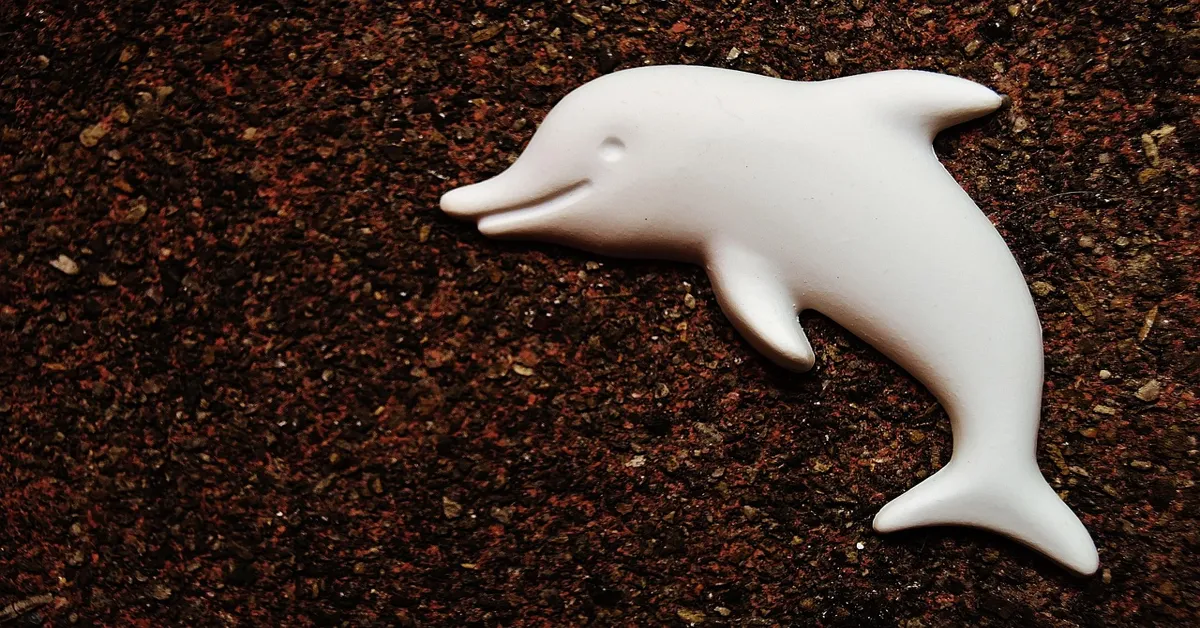Ranking książek i autorów to dla czytelników szczególny rodzaj kompasu: pokazuje, co aktualnie przyciąga uwagę, skłania do dyskusji i wraca do księgozbiorów. Portal Lubimyczytać …
Co czytają Polacy? Analiza rankingów portalu Lubimyczytać

Redakcja Essentia – Literatura i Polonistyka

Ranking książek i autorów to dla czytelników szczególny rodzaj kompasu: pokazuje, co aktualnie przyciąga uwagę, skłania do dyskusji i wraca do księgozbiorów. Portal Lubimyczytać …

Rozróżnienie między formami poetyckimi bywa subtelne, a dla czytelników i początkujących analityków literatury pojęcia «stroficzny» i «stychiczny» mogą wydawać się jedynie techniczną terminologią. Tymczasem …

Filmy o Deadpoolu to mieszanka czarnego humoru, akcji i metatekstów, które zawdzięczają wiele nie tylko scenariuszowi czy efektom specjalnym, ale przede wszystkim aktorom stojącym …
Każdy, kto czyta literaturę, ogląda filmy lub słucha mów publicznych, natknął się kiedyś na zdanie, które nagle zmienia swoją strukturę — tak, że trudno …

Rymy to jeden z najstarszych i najprostszych środków poetyckich, które ułatwiają zapamiętywanie, nadają rytm i wzmacniają ekspresję języka. Dla osoby analizującej wiersz umiejętność rozróżniania …

Romantyczna dedykacja potrafi przemówić głębiej niż najdłuższe wyznanie. Kiedy szukamy słów, które oddadzą uczucia, warto sięgnąć do literatury — tam wielcy pisarze formułowali myśli, …

Bolesław Leśmian to poeta, którego twórczość od dawna prowokuje do wielorakich odczytań — symbolicznych, filozoficznych i metafizycznych. Wiersz „Topielec” zajmuje w jego dorobku szczególne …

Poeci i czytelnicy od wieków pytają: czym właściwie różnią się poszczególne formy poetyckie i jak je rozróżniać? Systematyka utworów poetyckich to nie tylko akademicka …

Wiele osób z uśmiechem na twarzy przyznaje, że spędza wolne chwile z książką. Ale kiedy czytanie staje się stylem życia, a półki ugina się …

Powieść Krystyny Siesickiej zatytułowana zapałka na zakręcie to tekst, który – mimo prostego tytułu – skrywa wielowarstwową problematykę. Warto przyjrzeć się jej nie tylko …
